I have a confession.
I used to be a real slacker.
I put everything off till the last minute, was late to every meeting, forgot Important tasks and was generally unreliable. Then a friend lent me a copy of David Allen’s Getting Things Done and it changed my life.
More than just the principles in the book, it made me realise I could be different.
These 11 visuals draw from best-selling productivity books like GTD. I hope they have a similar effect on you as David’s book did on me.
Block time for your most important work
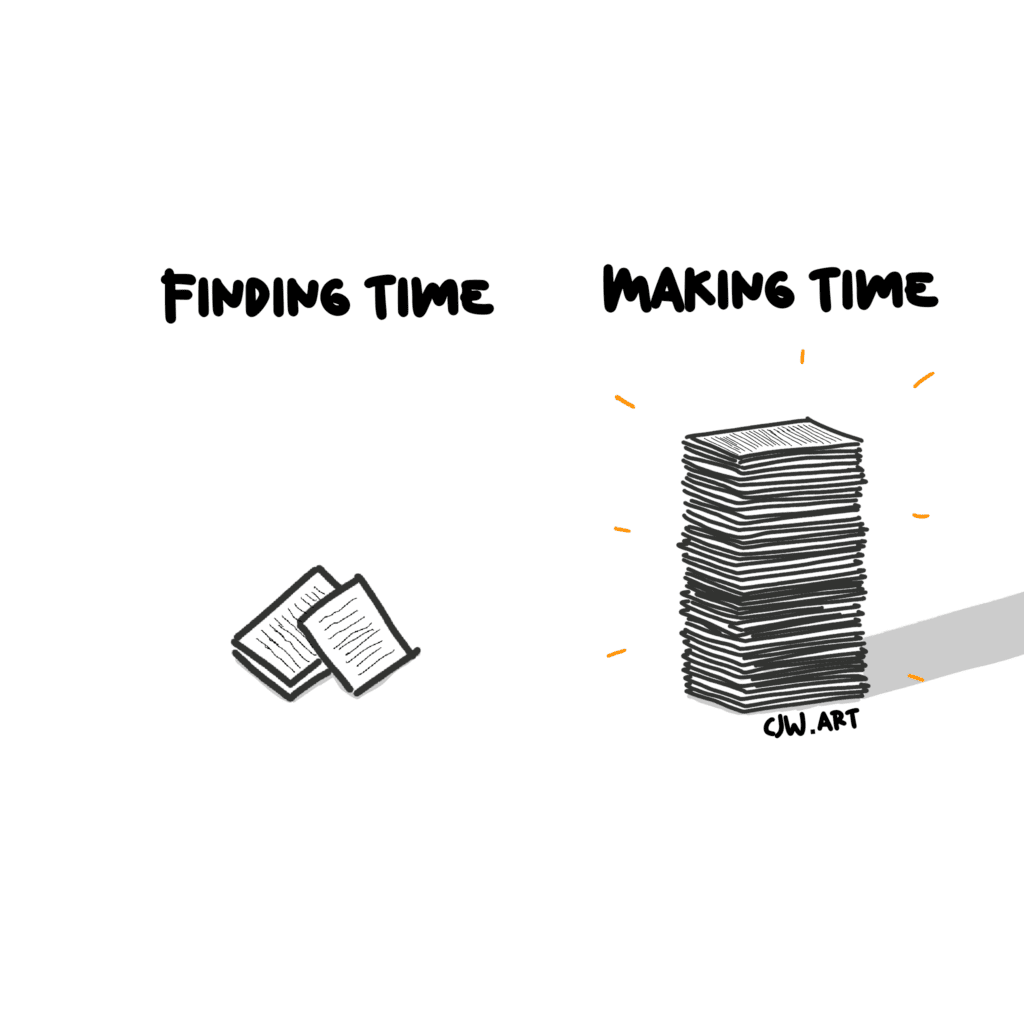
You’ll never find time for what matters, you have to make it.
And that means blocking off time for your most important work. Personally, I find “starts” are easier than “middles” and “ends”.
- The start of the day
- The start of the working day
- The start of the evening
You can usually avoid notifications and requests at the start; it’s easier to shift your own start earlier; and you have more willpower earlier in the day.
But whenever works for you, block it in your calendar and dedicate it to what really matters.
Break big tasks down into manageable chunks
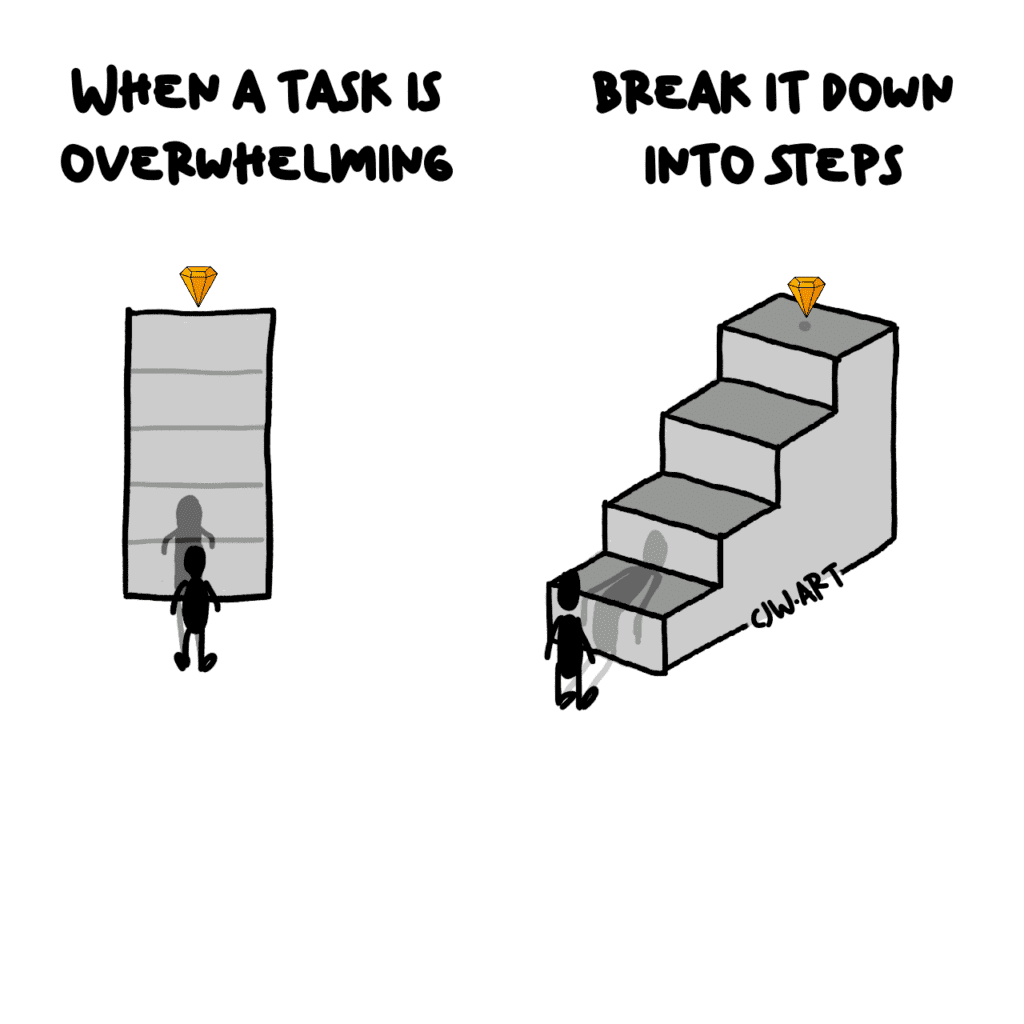
This will either be obvious or incredible for you.
For me, it was a real game changer when I first read it in David Allen’s Getting Things Done. I was a chronic procrastinator, especially with big intimidating tasks. But once I started breaking big tasks down, I realised
- They were easier than I thought
- Tackling small steps helped me gain momentum
- Even if I had no idea what to do, I could work out whom I could ask for help.
If there’s something you’re putting off, try identifying the small steps you need to take along the way.
What’s important for someone else, is rarely important for you.
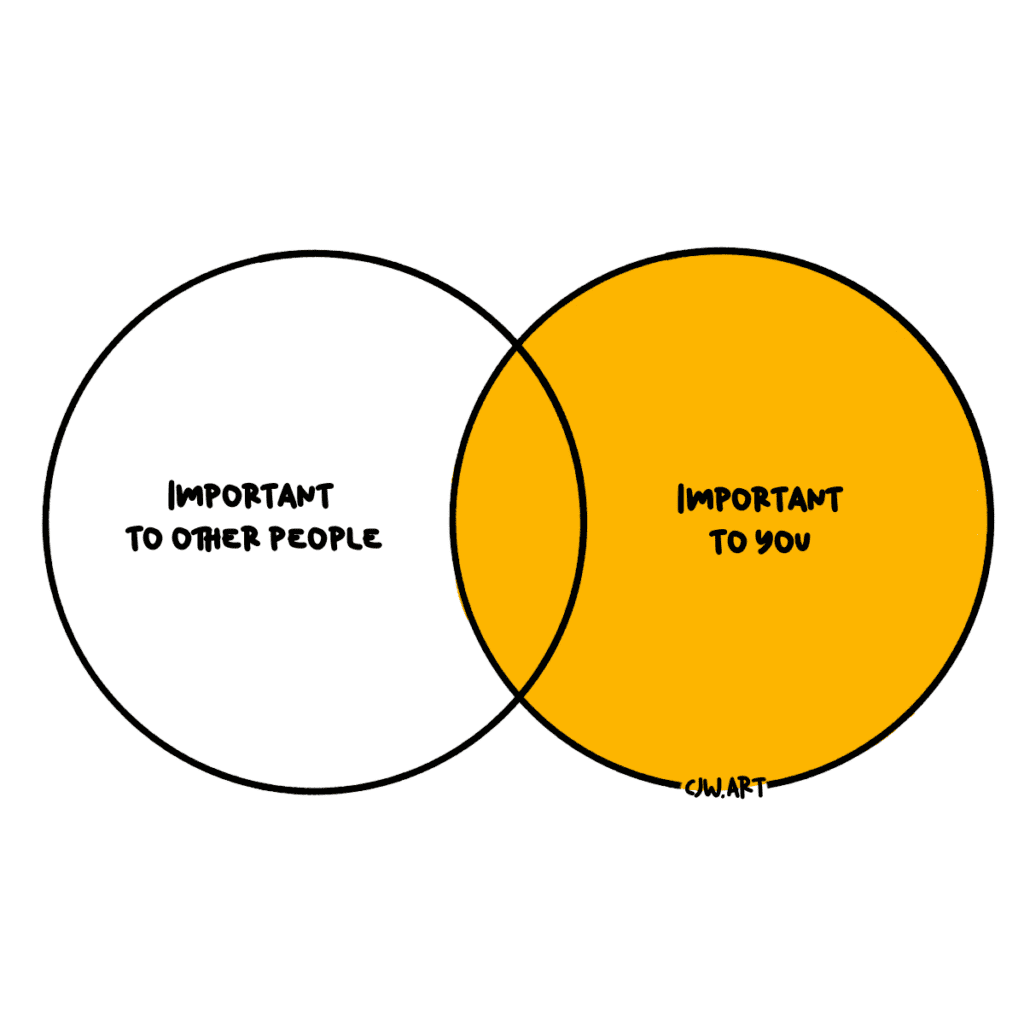
How many times have you started the day with one clear goal in mind, only to spend the whole time flicking between other people’s tasks?
Sometimes, that’s just part of life. An unexpected event happens and we just have to adapt.
But more often, these aren’t important for us. So, other people try to pressure us into valuing what’s important for them.
Your time is so precious, so don’t waste it living someone else’s life — Steve Jobs
Make sure you make time for what really matters to you
Do the task you are avoiding first thing for a sense of achievement all-day
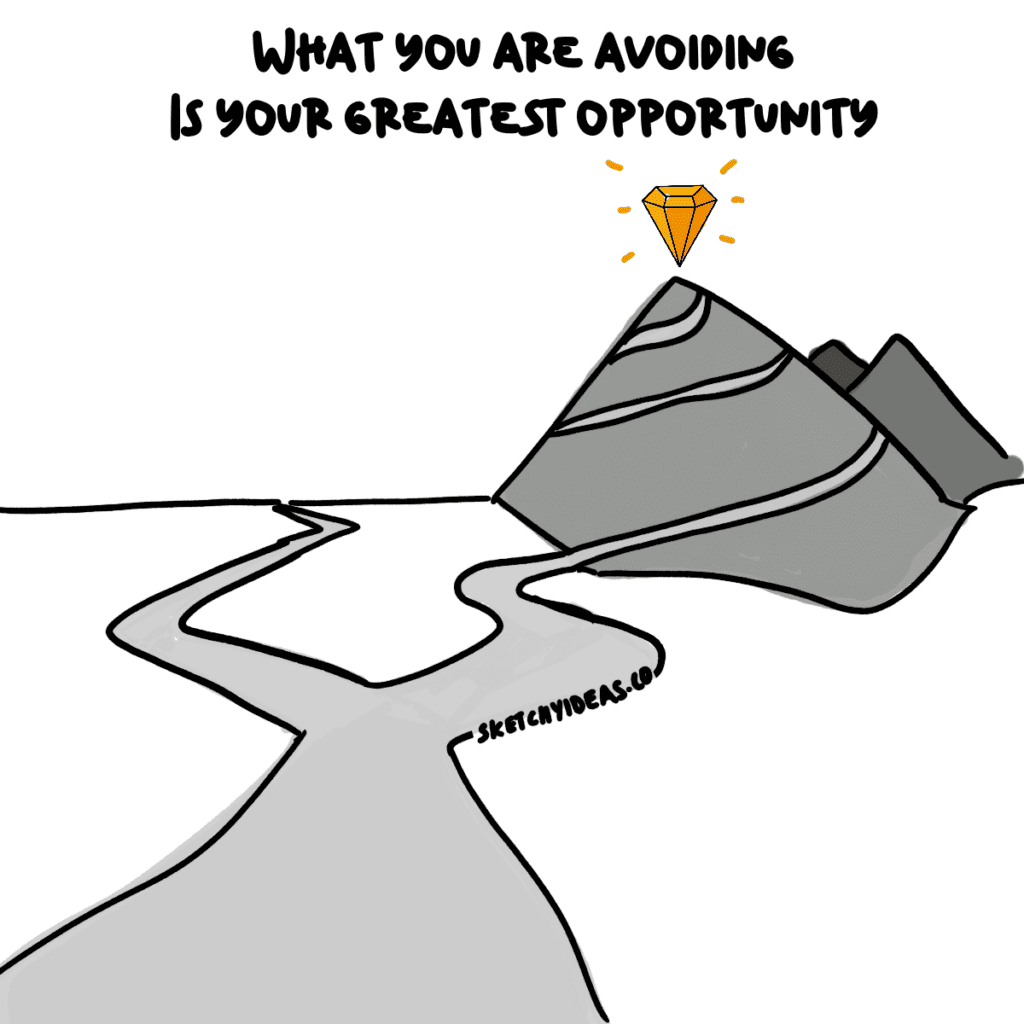
The mind adapts and converts to its own purposes the obstacle to our acting. The impediment to action advances action. What stands in the way becomes the way.” – Marcus Arelius, Meditation.
Internal resistance is a great indicator.
If we’re avoiding something, it’s usually because we know it could be significant but we’re afraid of making a mistake.
It’s rarely as bad as we fear.
And even when it is, starting soon is better than delaying. And first thing in the day, we have the greatest amount of willpower to overcome our internal resistance.
Aim for Flow
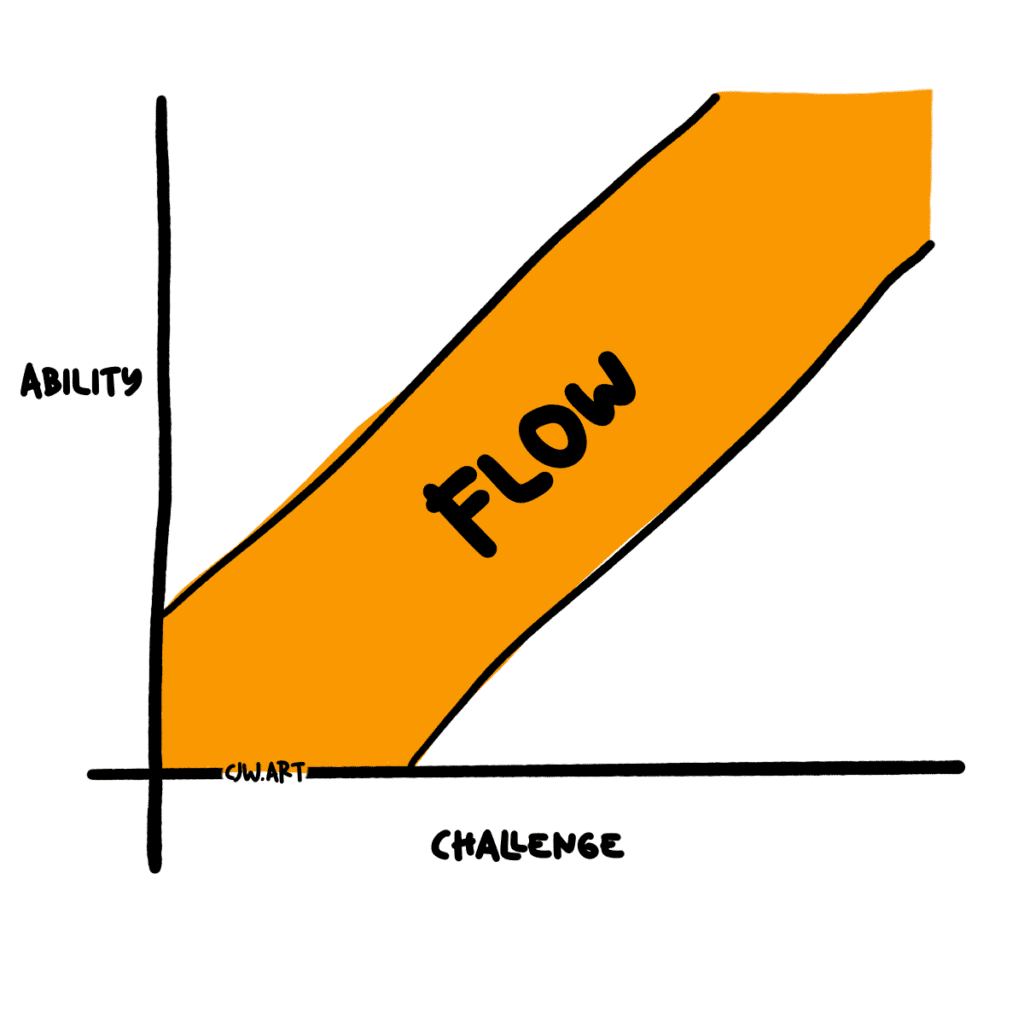
Flow is the state of complete immersion into a task.
It feels incredibly motivating and rewarding and is when we do our greatest work.
The secret to getting into Flow is to choose the right task — one that’s challenging but not too challenging.
- If work is too easy, we feel bored and don’t put in the right effort
- If the task is too difficult, we get frustrated, stressed and give up.
Find that Goldilocks zone and you’ll do your best work and be more satisfied too.
(P.S. Check out Mihaly Csikszentmihalyi’s book on this topic.)
Identify the one thing that if done would produce the greatest results today
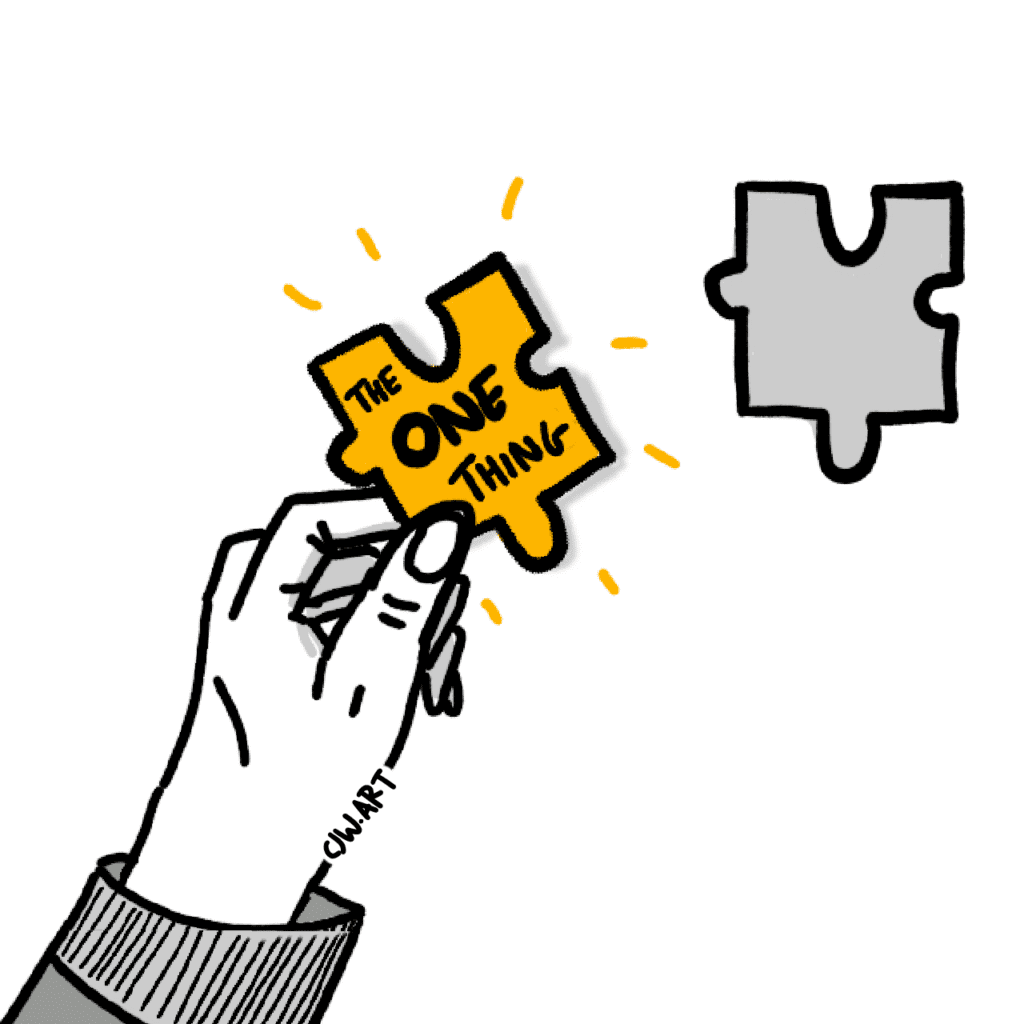
The word ‘priority’ used only to be singular.
It was only in the 1850s that the plural form, ‘priorities’, was first spoken.
And there’s a reason for that. Priority means that which is before all others. As soon as you have “multiple priorities” you have none.
So what should be your priority? According to Gary Keller, you just answer this question.
“What’s the one thing you can do, such that by doing it, everything else will be easier or unnecessary”
That’s your priority.
Taking breaks and looking after yourself are key to being productive

Breaks don’t just prevent burnout, they help you work better too.
A five-minute break might seem like losing time, but it can make the next hour far more productive.
If you’re not sure where to start, try the pomodorro system.
- Work for 25 minutes
- Take a 5-minute break
- After three cycles, take a 15-minute break.
It’s a simple system and getting up and walking for 5 mins is great for ergonomics too.
Do a weekly review
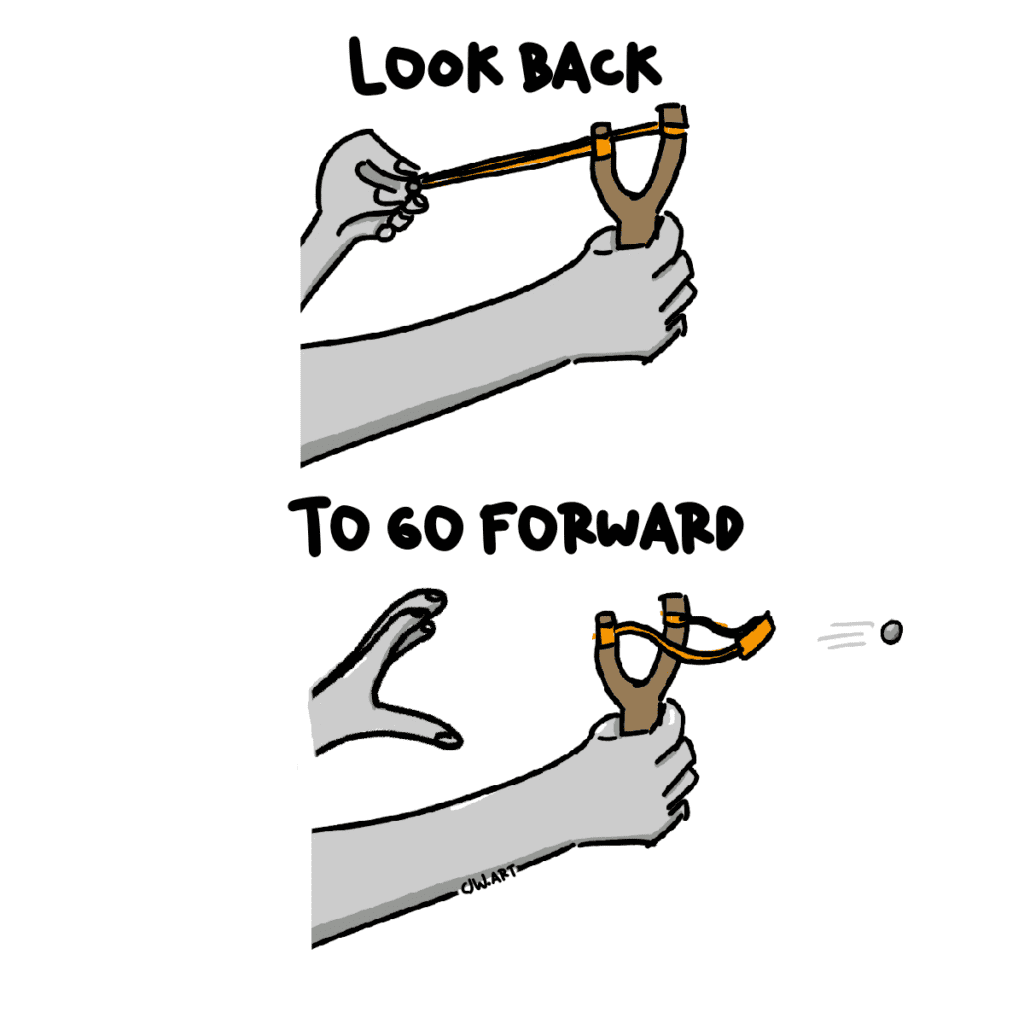
Another GTD idea.
A weekly review involves looking back on the last week and looking forward to the next to better use your time.
There are lots of systems, but I like the plus, minus, next system I learned from Anne-Laure LeCunff.
At the end of the week, look back on what went well and what didn’t go so well. Then decide what you will do differently next week.
Give it a try.
Saying yes to one thing is saying no to 100 others
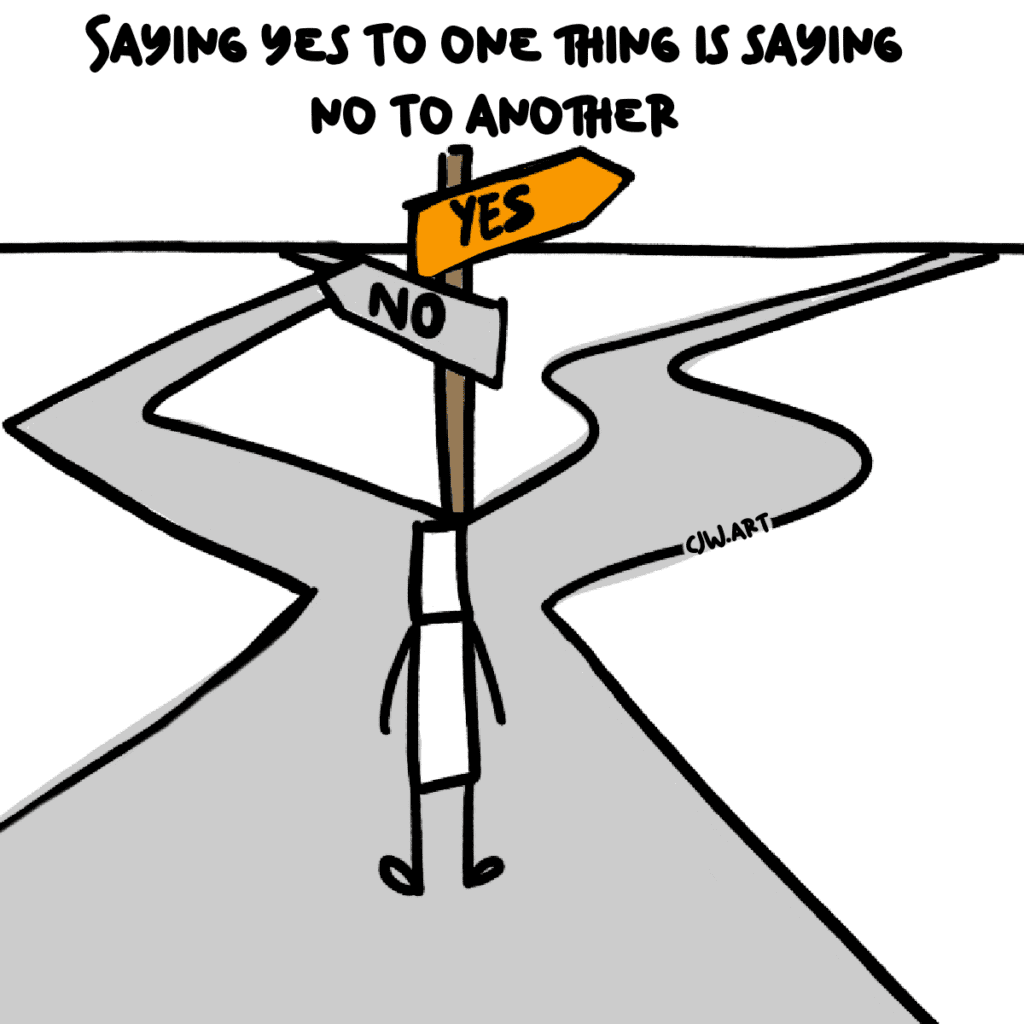
Agreeing to do something isn’t free.
It costs you all the other opportunities you won’t take because of it.
The reverse is true too. Saying no to something means you are now free to agree to something else.
There’s a common path in everyone’s development.
- When you start out, it’s good to say yes and try new experiences
- As you gain more experience, you should say yes less and less.
Just remember,
Match your tasks to your energy levels
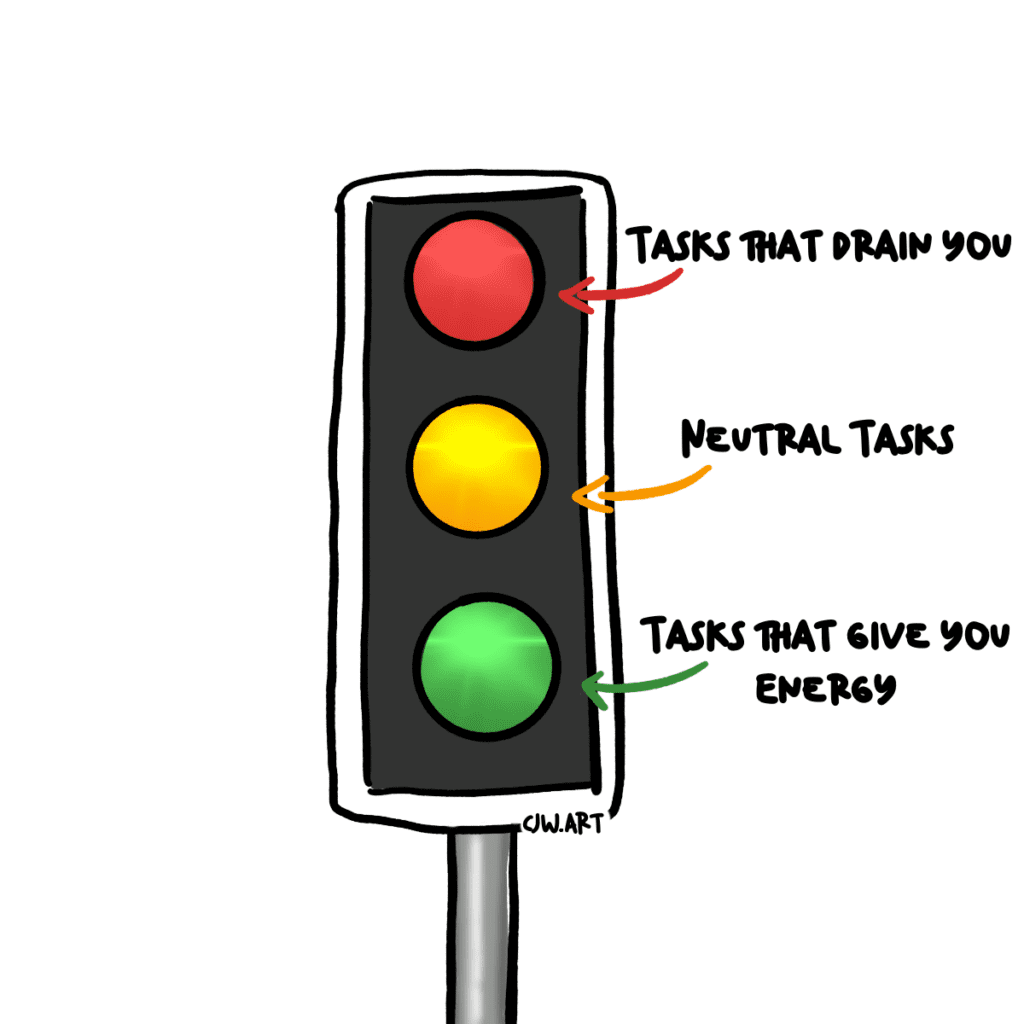
We all have different energy levels throughout the day.
This is more than just being a morning or evening person, it’s also about when you’ve just finished a big task.
When you know you’re drained, pick either something that energizes you, or that doesn’t take much effort.
And when you’re bursting with energy, It’s time to tackle that thing you never want to do.
You can do anything, you can’t do everything

Another classic lesson from Getting Things Done.
With enough time, you can achieve almost any goal you have.
But some tasks will take you far more time than others. That might be worth the cost, or not.
Knowing what really matters to you can help you decide if it’s worth investing that time.
Bonus: Don’t stress it
Most people overestimate what they can do in a year and underestimate what they can do in 10.
Bill Gates
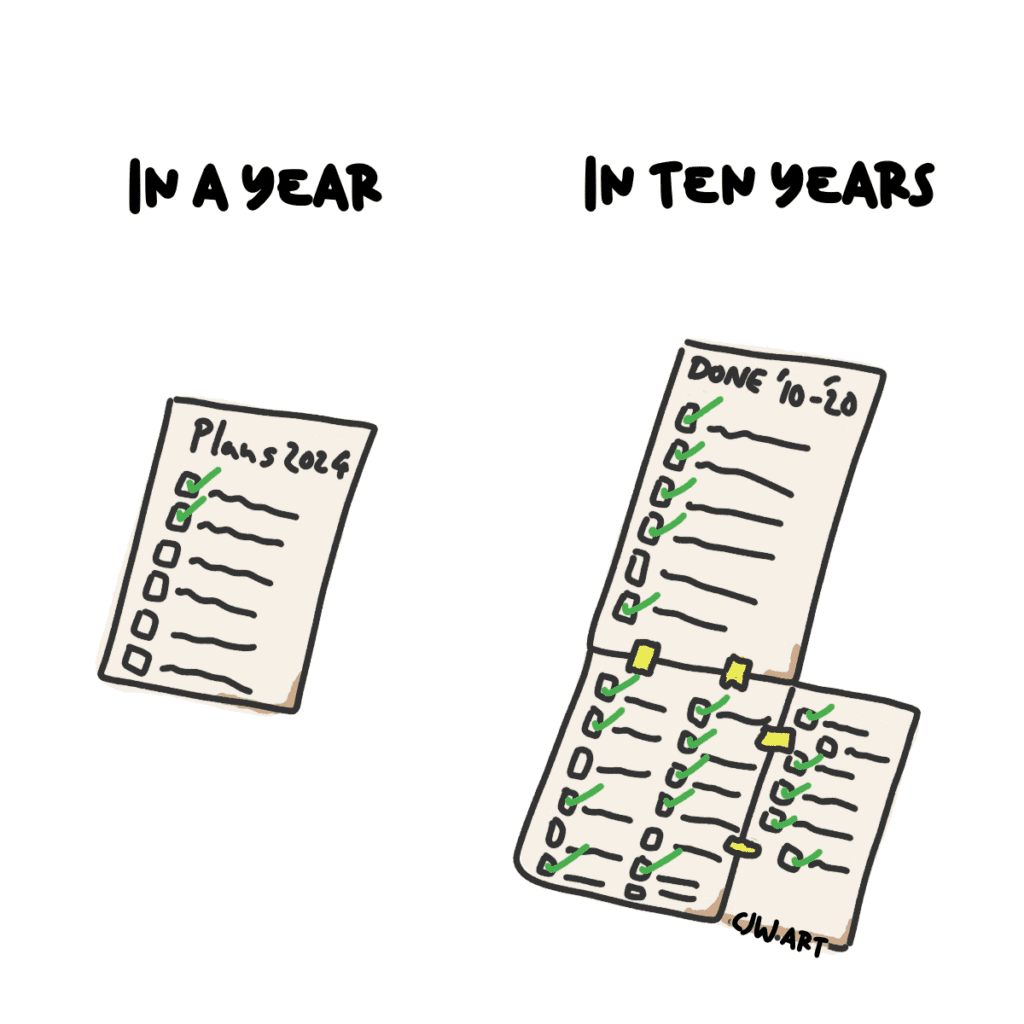
Want proof?
Think back on all you’ve done in the last 10 years. Would you have predicted that?
So don’t be so hard on yourself if you have a bad day.
It will happen, but small achievements build up.
Enjoyed this?
If you’ve enjoyed these tips, please share them on Twitter (X) or LinkedIn (or you can forward it to a friend).
And make sure you sign up for my newsletter to get the next series of visuals delivered directly to your inbox.

Leave a Reply